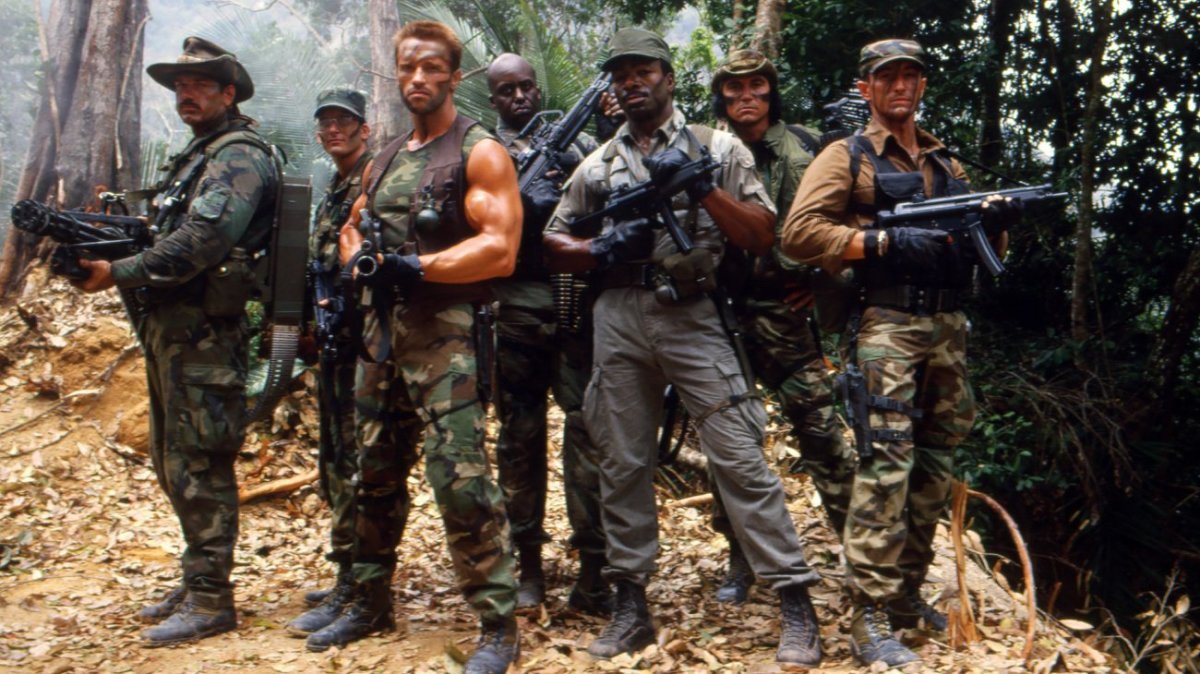Gemini Man: Why This Can Be the ‘Breakthrough’ Moment for HFR Filmmaking
Ang Lee’s Gemini Man stars Will Smith in the role of Henry Brogan, an elite assassin who is on the run from his younger self in a mysterious mission gone wrong. The film also stars Clive Owen, Mary Elizabeth Winstead and Benedict Wong.
The film finally sees the light of the day after being in the development for nearly two decades with directors like Tony Scott, Curtis Hanson and Joe Carnahan all attached at some point and several actors including Harrison Ford, Mel Gibson, Clint Eastwood, and Sean Connery were set to star.
Following a purchase of the rights to the screenplay (which had been through several rewrites by then) in 2016 by SkyDance Media from Walt Disney Pictures, the hunt for a director was on and by October 2017 Ang Lee was signed on to direct. Filming started from February and continued through May 2018.
This science fiction thriller credits David Benioff, Billy Ray, and Darren Lemke as the principal writers with Dion Beebe (A.C.S., A.S.C.) behind the lens.
The film showcases HFR (High Frame Rate) technology mixed with stereoscopic 3D, immersive sound and cutting edge 4K resolution for a more realistic, engaging cinematic experience.
But does the new format add up to its promise of replacing the traditional 24 frames per second standard or it’s just another one-shot wonder in this world of technical gimmicks to entice our streaming audience to step out for a ‘visual treat’? Let’s find out!
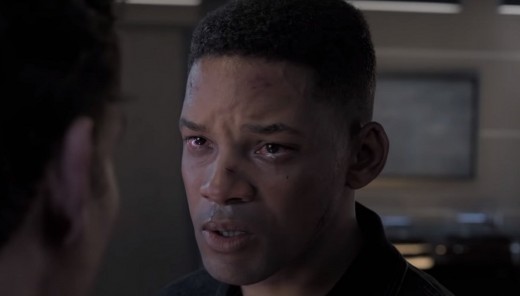
What is HFR ?
High Frame Rate (HFR) is a television and movie practice that relates to any visual content that is filmed at a higher frame rate than 24 frames per second used for a majority of films.
The standard 24 frames per second were chosen because it is the minimum frame rate that produces decent sound quality and also didn’t use up too much film, so the costs could be kept down.
Peter Jackson’s The Hobbit trilogy was the first mainstream experiment with this technology. Filmed at 48 frames per second, the film was met with highly negative reviews criticizing its HFR technique to have rendered a plastic feel and highly un-cinematic quality that quite defeats the purpose in the first place.
Ang Lee’s tryst with HFR filmmaking took shape with filming scenes in his 2016 Billy Lynn’s Long Halftime Walk at 120 frames per second. This was received with a mixed response from critics and audience alike.
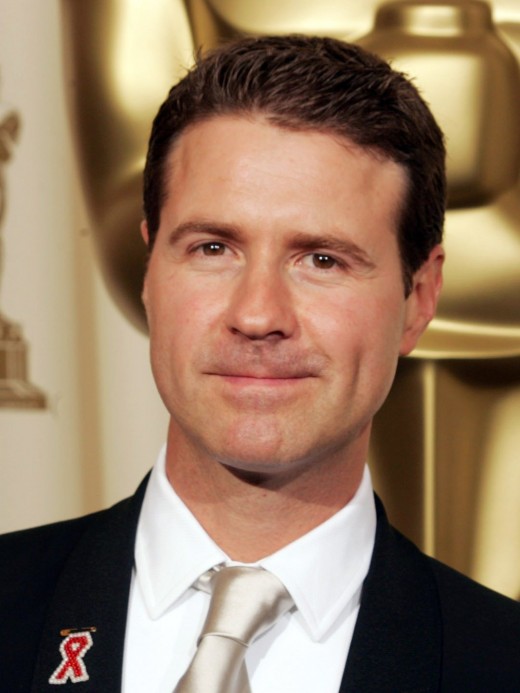
“When Ang [Lee] asked me to join him on 'Gemini Man' I was curious about what had drawn him to this format,” he says. “In the process of making the film I’ve realized that HFR [High Frame Rate] is without question part of the future language of cinema.”
Why has HFR not found its ground yet ?
With The Hobbit films, Peter Jackson tried to counter the infamous ‘motion blur’ effect – when a motion picture camera pans or moves too quickly, the footage when projected on a 30 to 50 foot screen can be very difficult to comprehend for the viewers – but in doing so he butchered a lot of the cinematic magic that the audience has been revering for decades now.
While HFR does reduce the motion blur to a great extent and produces super sharp, crystal clear images that immerse you in its three-dimensional environment with all its little intricate details but in the process loses out on the narrative itself.
Audience and critics have long complained about the superficial look and feel of the so-called HFR films and many studios have been reluctant to use this format for the alleged backlash it faced in the past and the high costs that it involves.

Westenhofer said, “Our full methodology [for creating 23 year old computer generated Will Smith] involves a combination of scenes where Will [Smith]... wearing appropriate costumes for his body and a motion capture head rig.”
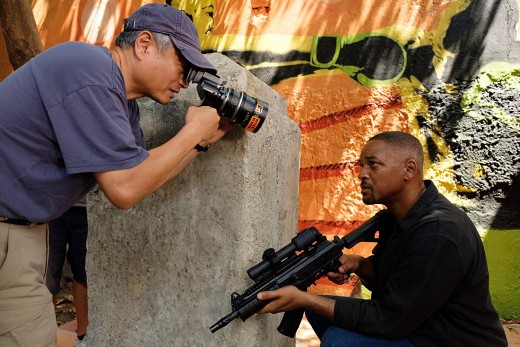
The path to adoption
Ang Lee views the high frame rate as necessary to solve a problem he first encountered while making Life of Pi. That was, in his view, the 3D effect at 24 frames per second was too blurring and disorienting at crucial moments, impeding audiences’ emotional connection with the story.
In such scenarios, the higher frame rates do indeed smoothens the action in 3D, not just in fast panning camera moves or objects whizzing across the scene, but in regular dramatic close-up sequences too.
But to achieve this visual effect natively, the camera department must wrangle dual 6k motion picture cameras rolling at high frame rates. That’s terabytes of data a day and petabytes during the course of filming.
Also with HFR, its hyper-realism makes it difficult to hide makeup/sets/ visual effects, etc. Motion blur is extremely important for making the visual effects along with the computer-generated imagery blend in with the ‘interactive live set pieces’ and make it look real. Each and every minute detail shows up on your face and painstaking efforts have to be taken to ensure that no loose ends show up.
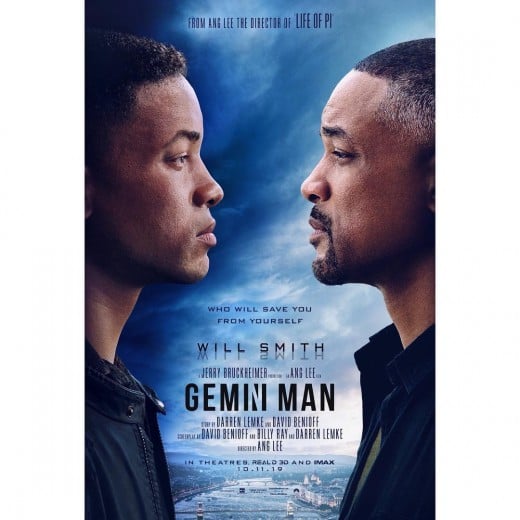
What Sony Pictures couldn’t get on board with Billy Lynn’s Long Halftime Walk, Gemini Man’s backer Paramount Pictures appears to have understood just that by getting the word out to film exhibitors encouraging them to upgrade their existing digital 3D projection systems via a firmware upgrade to playback at least 60 frames per second.
Paramount Pictures’ letter reads:
“We want to do everything possible to make projecting the high frame rate version of Gemini Man a turnkey experience for you and provide audiences with the latest technological advancement in cinema.”
Well, this format may not be suited to every story or every film, but with the right context and setting, it can create results that are truly unprecedented and highly immersive.
Ang Lee seems to have got a hang of this and his upcoming Gemini Man asserts his belief of high frame rate filmmaking being the next benchmark in film technology. With more and more high profile filmmakers jumping on the bandwagon like James Cameron with his Avatar sequels, its high time we all opened our minds into the immersive impact true digital cinema can bring.
Paramount is set to release Gemini Man in theaters nationwide October 4.
This content is accurate and true to the best of the author’s knowledge and is not meant to substitute for formal and individualized advice from a qualified professional.
© 2019 Sayan Chakraborty







